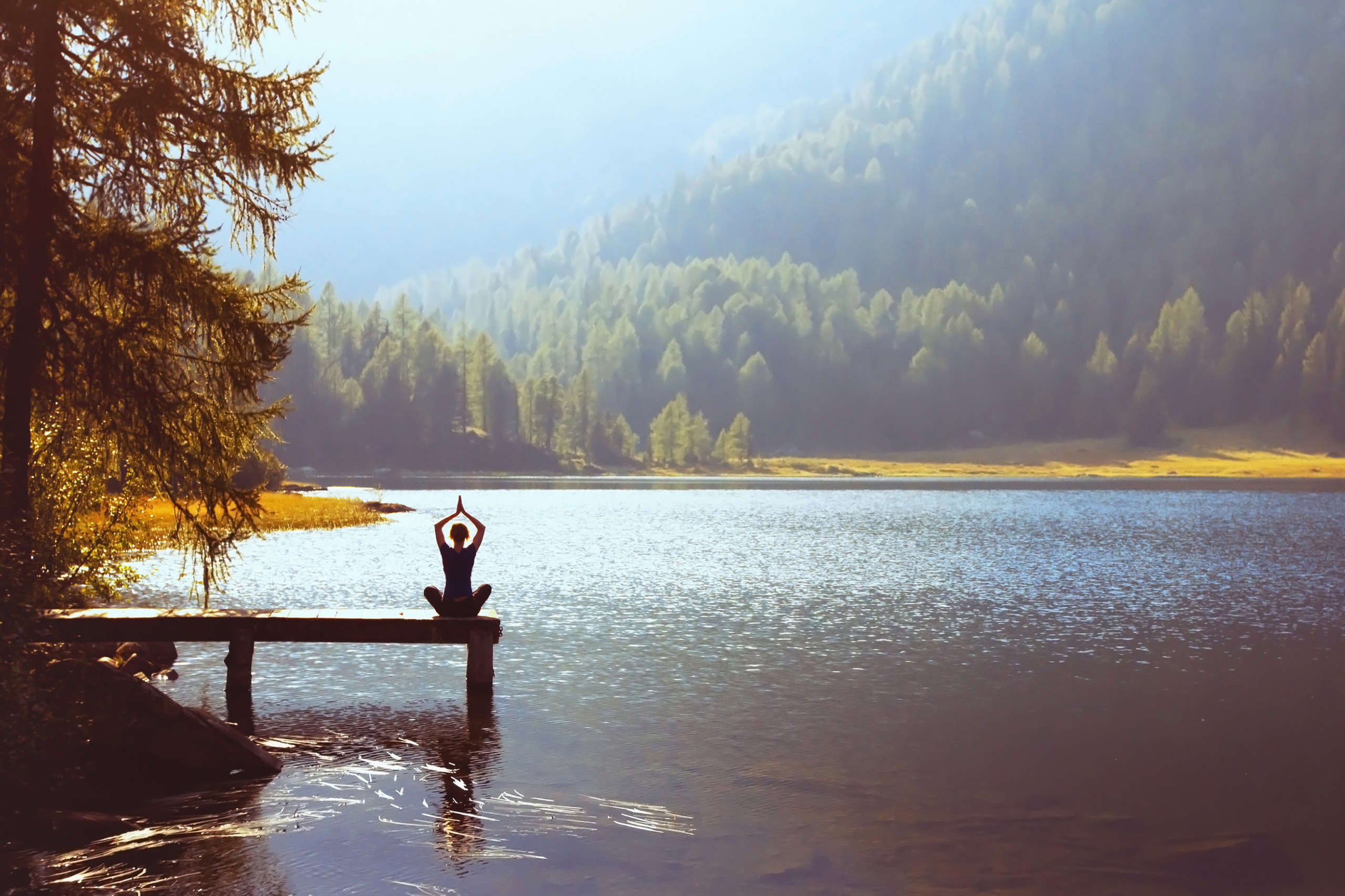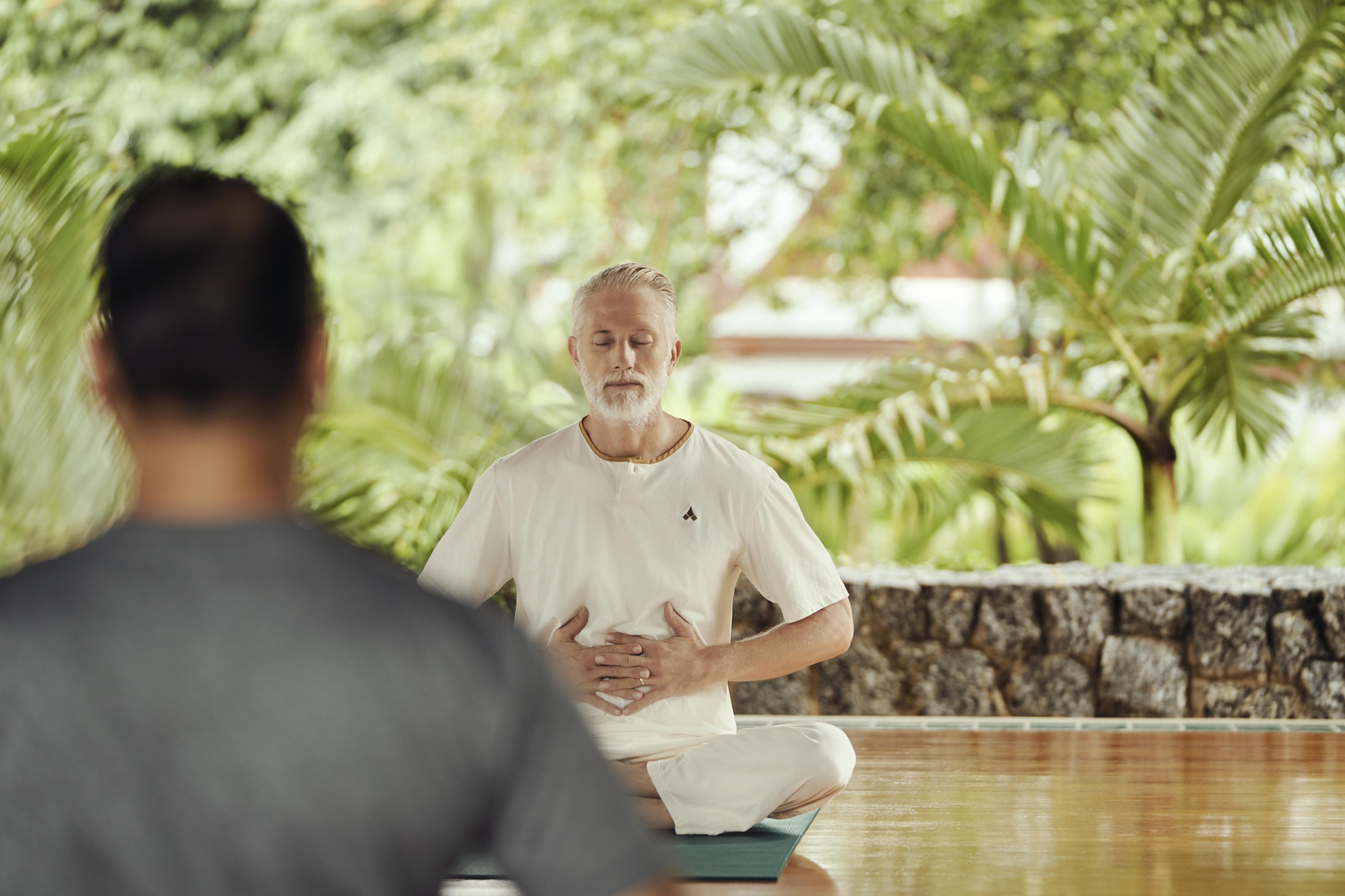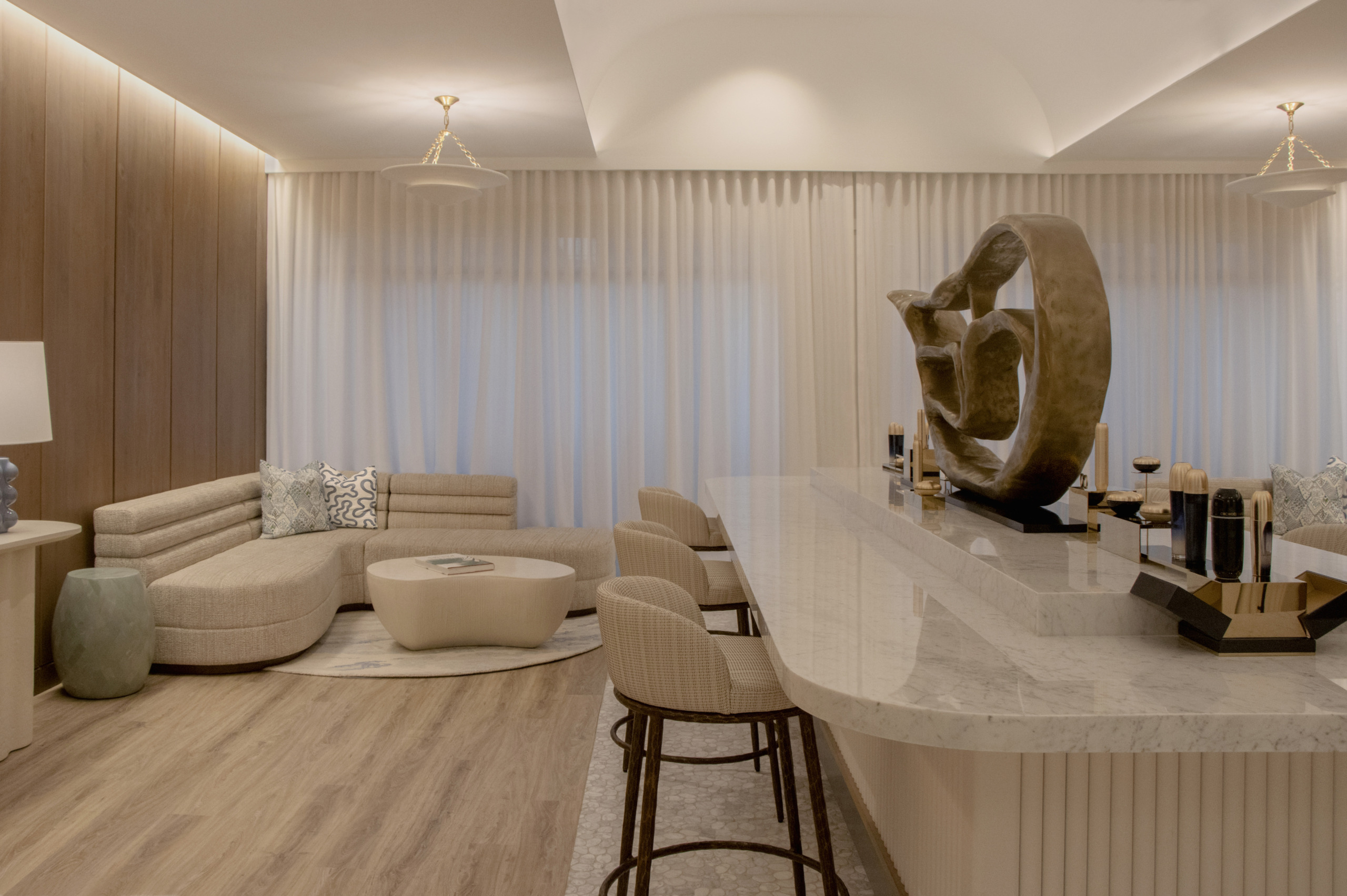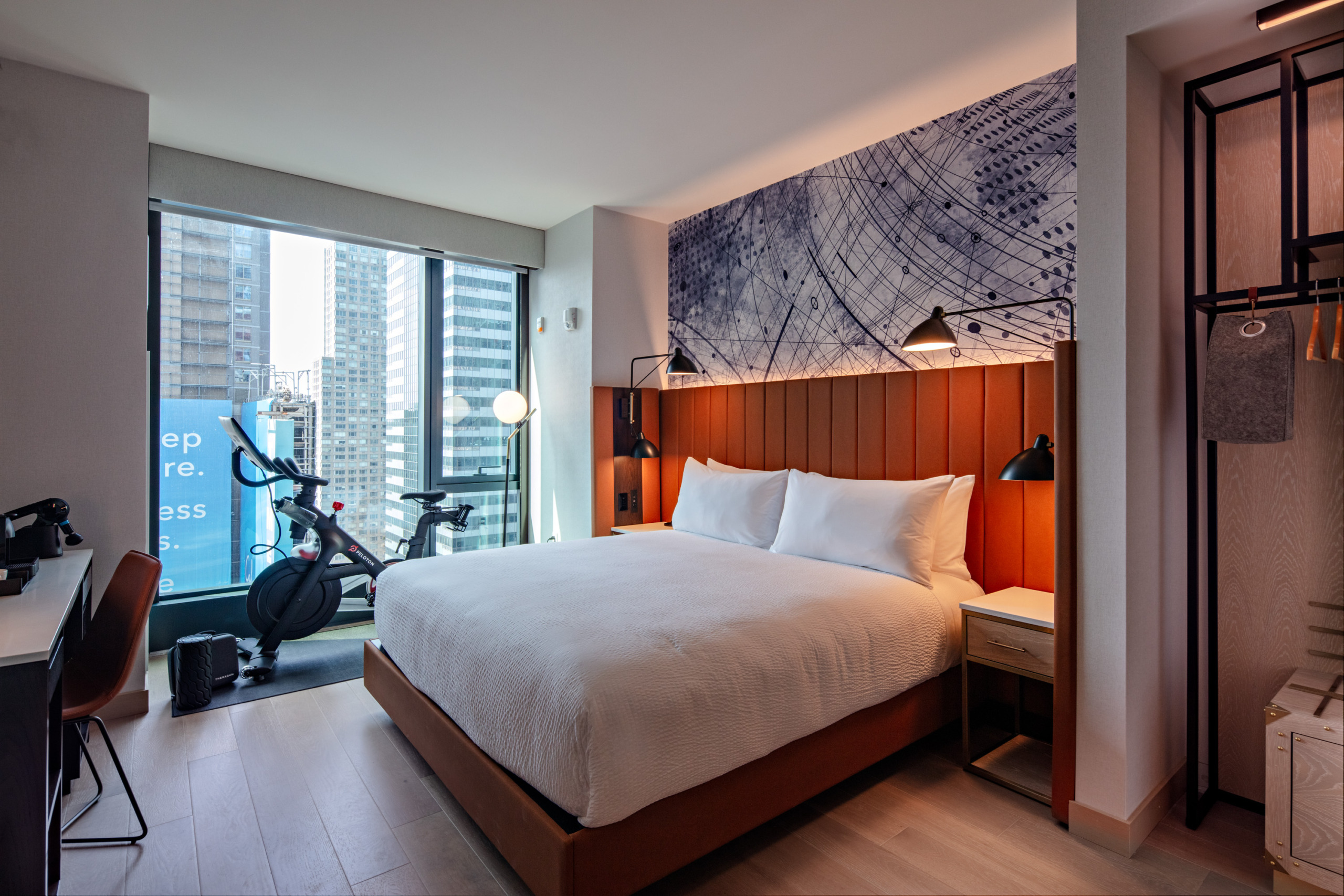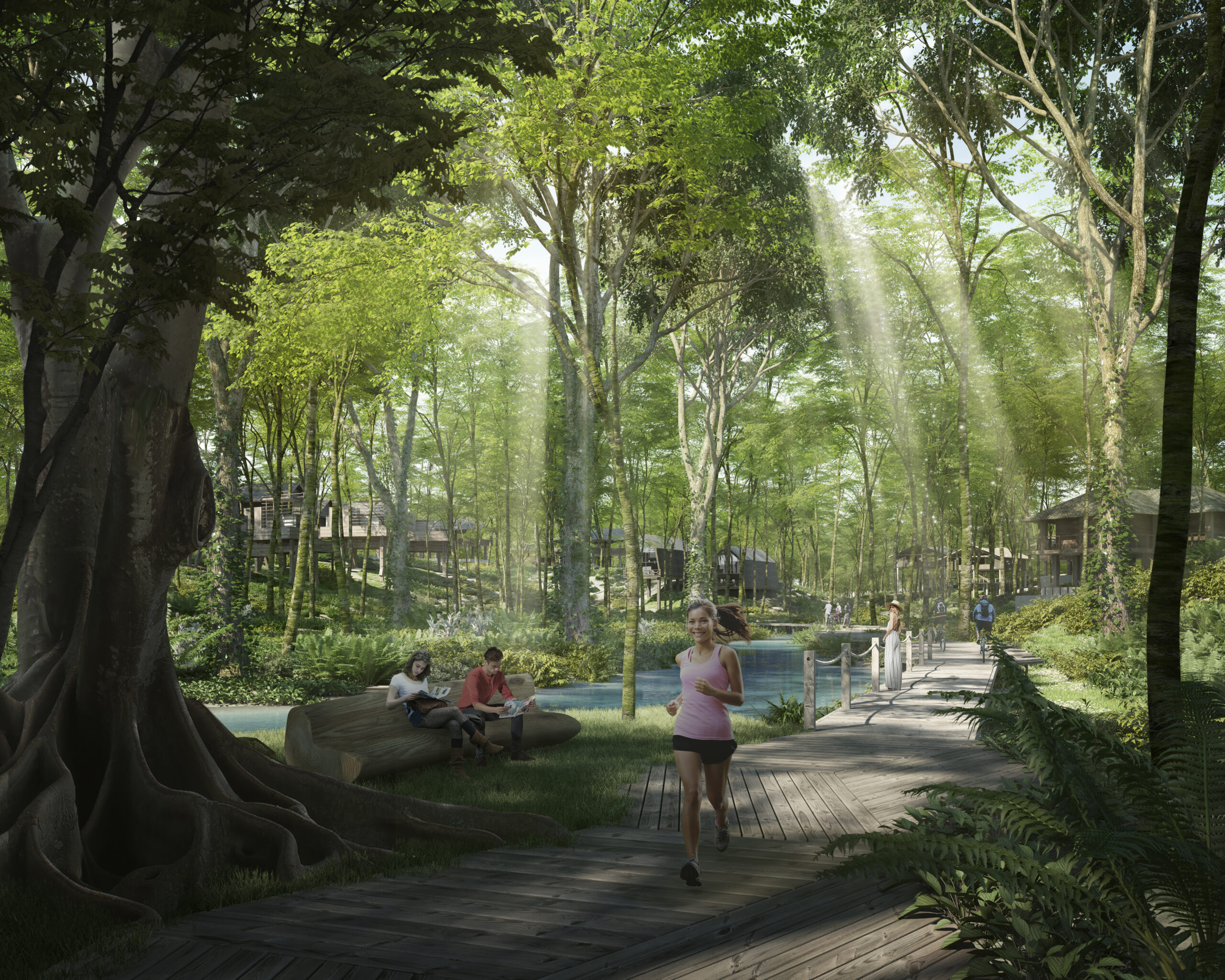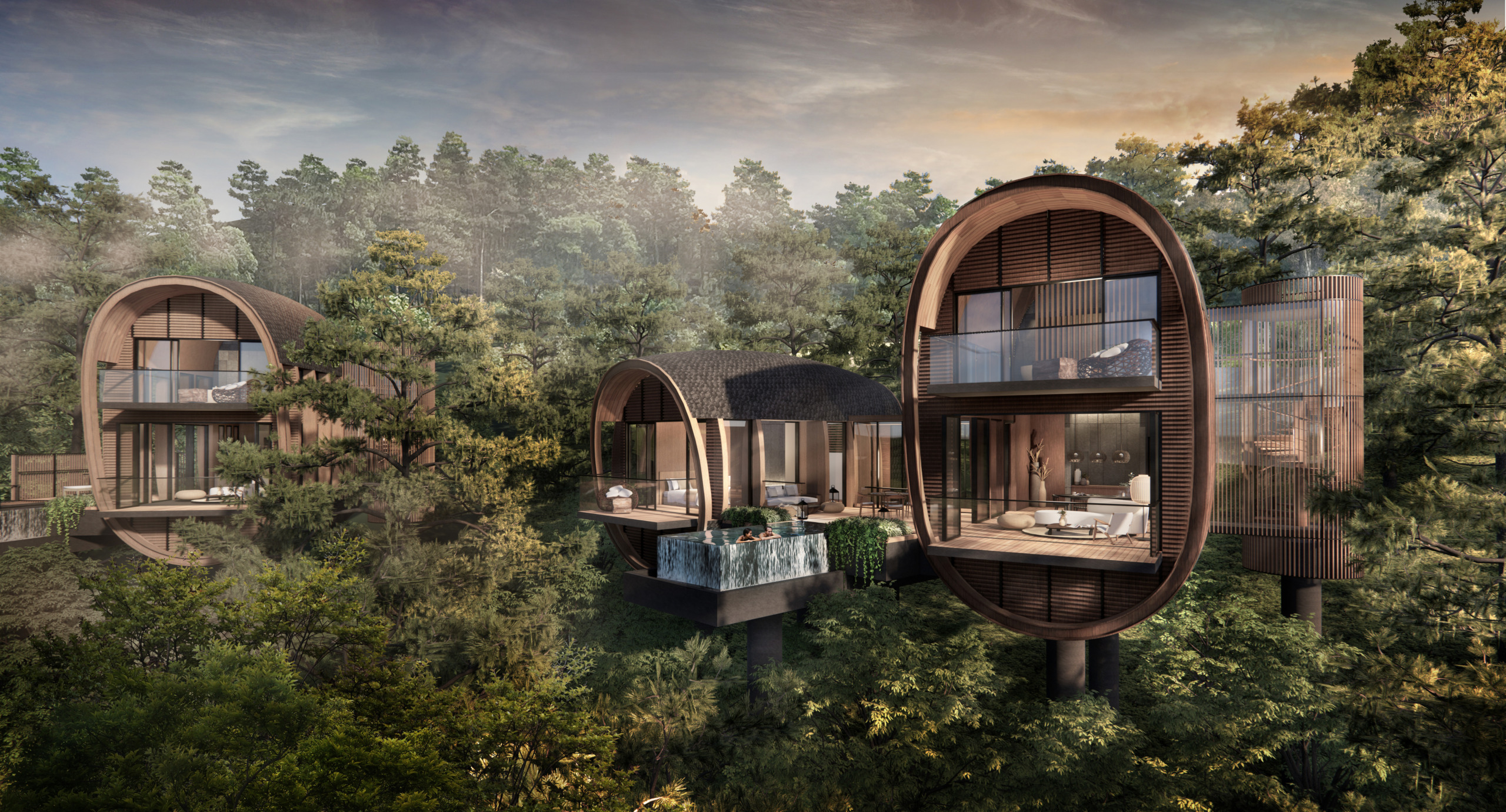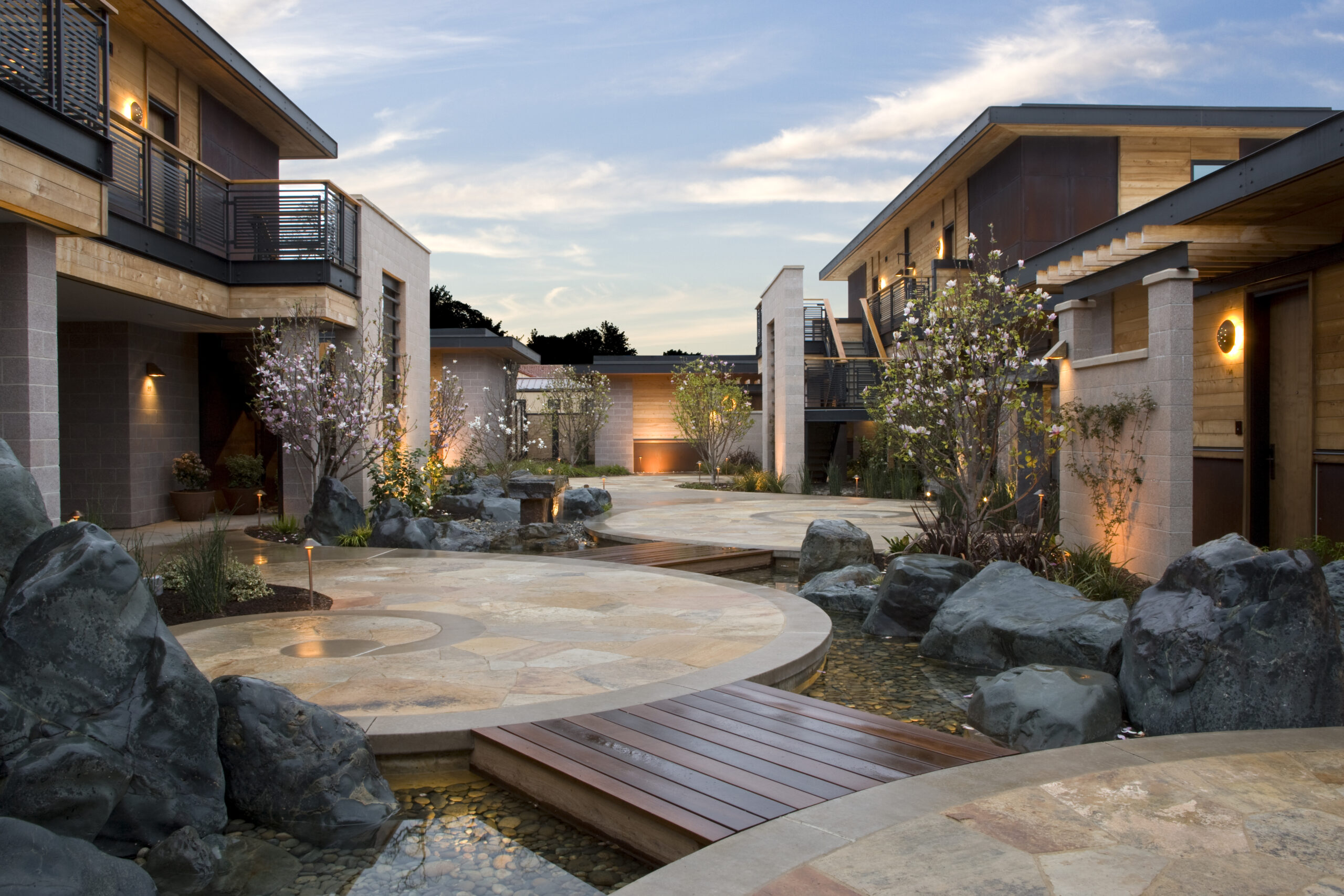Wellness in Design: Crafting Spaces that Heal, Inspire, and Connect
The World Health Organization defines health as “a state of complete physical, mental and social well-being and not merely the absence of disease or infirmity.” No longer a design trend, wellness is a fundamental shift in how we shape our environments to support the whole human experience. We integrate wellness at every scale, from landscapes and architecture to interiors and experiences. Our approach is holistic, inclusive, and deeply connected to place.
Landscapes that Heal and Connect
Nature is a vital component of wellbeing. Our landscapes are not just decorative; they are immersive, functional, and alive. Whether through biodiverse gardens, meditative spaces, or outdoor reflexology paths, our aim is to bring guests closer to the natural world.
Projects like Chiva-Som exemplify this ethos. Guests experience wellness through sensory engagement — such as the Kneipp Walk, a hydrotherapy path with varied textures underfoot to stimulate circulation and presence.
“What herbs are used in the kitchen? What plants have healing properties? Colour and scent influence how people experience their surroundings. ”
Interior Environments for Emotional Uplift
Interior wellness lies in how a space makes you feel — calm, grounded, inspired. We use biophilic materials and natural textures to evoke a sense of comfort and clarity. The interplay of colour, light, and texture supports both relaxation and stimulation.
Including warm, earthy base tones like green, umber, and soft neutrals will energize and captivate; layered textures such as velvet, silk, wool, and linen build sensory richness; and lighting that’s low, warm, and welcoming can create spaces that support both restful solitude and joyful interaction.
Wellness Rooms
The guestrooms at Tempo by Hilton Times Square offer in-room Power Up and Power Down rituals, there are also specific Wellness rooms containing Peloton bikes, blackout blinds, ambient lighting, low levels of sound pollution.
Sensory Wellness
The built form has profound effects on our health. Considerations for designing for wellness include managing light, air circulation, temperature, and acoustics to enhance physical and emotional comfort.
Our designs promote openness, views to nature, and seamless transitions between indoors and out, with a focus on natural ventilation and daylight, integration with the site’s topography and ecology, and communal zones that maintain a sense of privacy.
Designing for Community
At the core of wellness is a sense of belonging and access. In urban environments we prioritize walkability and safety through shaded pedestrian pathways, accessible transit, and community zones with limited vehicle access.
These environments are designed to encourage movement, interaction, and ease, creating a foundation for healthier, more connected lifestyles. Key elements include pedestrian-priority zones, public amenities like restrooms, signage, and wayfinding, and integrated green corridors and open-air gathering spaces.
Sustainability
Wellness and sustainability are intrinsically linked. Caring for the environment is an extension of caring for ourselves. Our projects minimize ecological impact and cultivate regenerative relationships with the land.
Whether through preserving pine forests in a mixed-use eco retreat, using native planting to honor local ecosystems, or integrating rainwater systems and renewable materials, we believe that wellness must extend to the planet.
Wellness for Every Life Stage
From senior living to urban retreats, wellness is not one-size-fits-all. We design environments that flex to the needs of diverse users — from yoga studios and co-working lounges to quiet reading nooks and fitness programs.
Communal kitchens, cooking classes, and shared events foster togetherness while still offering places of retreat and privacy. Every material, space, and detail is selected to support vitality, dignity, and joy.
Spiritual Travel
Designing to Connect Mind, Body & Soul
Spiritual tourism blends cultural exploration with personal transformation, offering a path to mental clarity and emotional balance with the goal of attaining a deeper sense of well-being. Traditional pilgrimage destinations have long catered to this market, but the trend is now expanding into luxury hospitality. Read more.
Spiritual Travel

A Holistic Philosophy
Wellness in design is more than a feature — it’s a mindset that shapes how we live, connect, and thrive. At WATG, we believe that spaces should do more than function; they should heal, inspire, and elevate the human spirit. By blending nature, culture, innovation, and empathy, we craft environments that nurture every dimension of wellbeing — physical, emotional, social, and environmental.
From masterplans that invite movement and community, to interiors that soothe and uplift, to landscapes that breathe life into every moment, our work is rooted in the belief that good design can change lives. Wellness is not a destination — it is woven into the journey of every guest, resident, and visitor we design for.
As we look to the future, we remain committed to creating places that are not only beautiful, but deeply purposeful — where people can truly feel at home, in harmony with themselves and the world around them.
